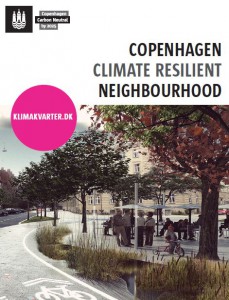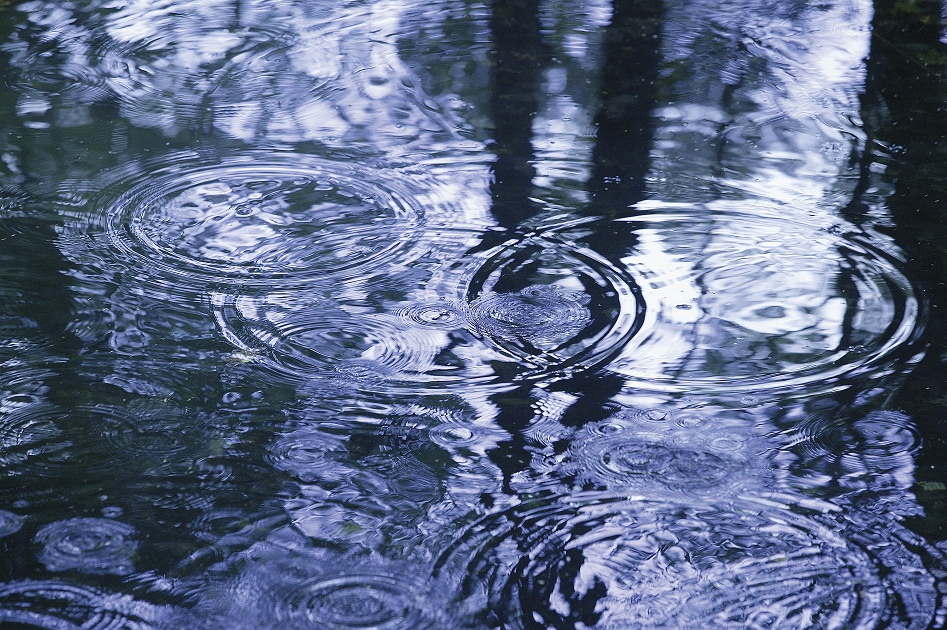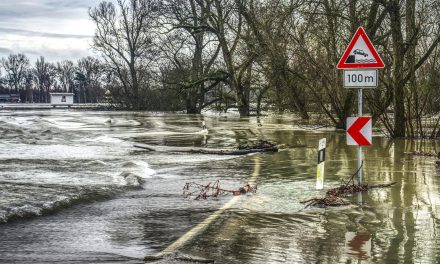 In August 2011, St. Kjeld, a low-lying neighborhood of Copenhagen, Denmark, experienced extreme flooding, with more than $1 billion in damages. However, the area will soon be home to a number of innovative green infrastructure and drainage projects, and is the first suburb in Denmark, if not the world, to be redesigned specifically for climate change. Tåsinge Square, one of the first components of Klimakvarteret, or the Climate Quarter, was completed in early December. The project started in 2012, focusing on St. Kjeld’s Square, Tåsinge Square, and Bryggervangen, and the full project should be complete by 2017.
In August 2011, St. Kjeld, a low-lying neighborhood of Copenhagen, Denmark, experienced extreme flooding, with more than $1 billion in damages. However, the area will soon be home to a number of innovative green infrastructure and drainage projects, and is the first suburb in Denmark, if not the world, to be redesigned specifically for climate change. Tåsinge Square, one of the first components of Klimakvarteret, or the Climate Quarter, was completed in early December. The project started in 2012, focusing on St. Kjeld’s Square, Tåsinge Square, and Bryggervangen, and the full project should be complete by 2017.
To combat flooding caused by cloudbursts ― or sudden, heavy rainfall — and cope with climate change, the City of Copenhagen originally examined sewer system upgrades but decided to incorporate green and blue elements instead, a more cost-effective option that would also renew the urban environment.
According to news sources, the city expects to invest about US$1.5 billion in climate adaptation measures in the next 50 years, and St. Kjeld will serve as a testing ground.
One of the reasons St. Kjeld was selected is its abundance of asphalt. The city envisions transforming 20% of the neighborhood with green space and managing 30% of stormwater locally, so that it does not enter the sewer system. In Tåsinge Square, large stormwater collection tanks have been installed to collect some 4,300 m3 (1.1 million gal) of runoff.
In addition to creating rainwater harvesting systems and urban green spaces to soak up stormwater runoff, rooftops and other features will divert rainwater onto specific streets that will act as channels, leading rainwater to the harbor and becoming temporary canals during floods. Pedestrian walkways and basement entrances will be raised above the street level.
Klimakvarteret is run by the City of Copenhagen and is a cooperative venture between a number of partners including the Park and Nature Department, Integrated Urban Renewal in St. Kjeld, Urban Renewal, HOFOR (the Greater Copenhagen Utility), and the Environmental Centre Østerbro. Read more.





